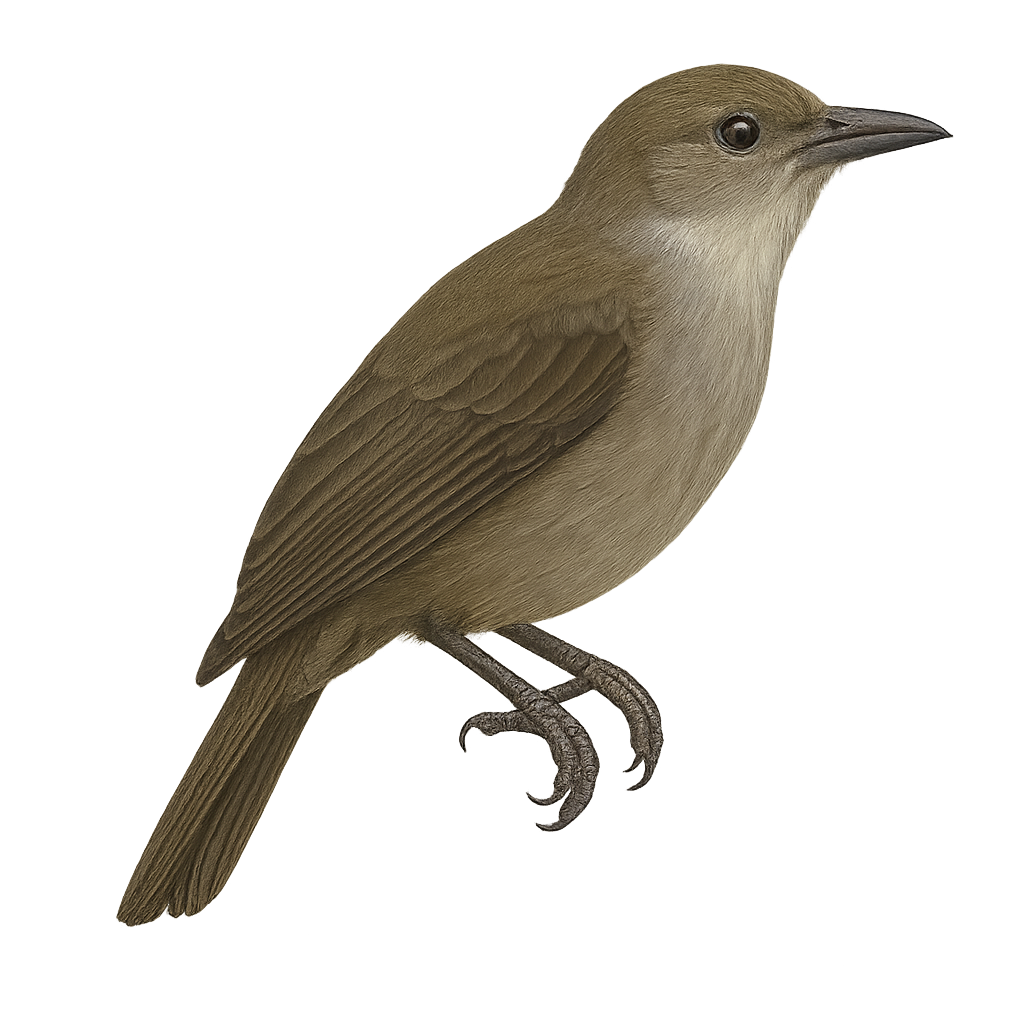Your wildlife photography guide.
Explore the thick-billed berrypecker in detail, study its behavior, prepare your shots.
Where to observe and photograph the thick-billed berrypecker in the wild
Learn where and when to spot the thick-billed berrypecker in the wild, how to identify the species based on distinctive features, and what natural environments it inhabits. The WildlifePhotographer app offers tailored photography tips that reflect the thick-billed berrypecker’s behavior, helping you capture better wildlife images. Explore the full species profile for key information including description, habitat, active periods, and approach techniques.
Thick-billed Berrypecker
Scientific name: Melanocharis crassirostris

IUCN Status: Least Concern
Family: MELANOCHARITIDAE
Group: Birds
Sensitivity to human approach: Suspicious
Minimum approach distance: 10 m
Courtship display: October to November
Incubation: 17-19 jours
Hatchings: October to December
Habitat:
Tropical forests, humid forests, montane woodlands
Activity period :
Primarily active during the day, with peak activity in the morning and late afternoon.
Identification and description:
The Thick-billed Berrypecker is a medium-sized bird endemic to the tropical forests of New Guinea. It is characterized by its thick and robust beak, adapted to its diet mainly consisting of berries and fruits. Its plumage is generally dark, with shades of olive green and brown, allowing it to blend into its dense forest habitat. This bird is often observed in small groups or pairs, actively moving through the canopy in search of food. Although little studied, it likely plays an important role in seed dispersal, thus contributing to the regeneration of its ecosystem. Its population is currently stable, but deforestation could pose a future threat.
Recommended lens:
400mm – adjust based on distance, desired framing (portrait or habitat), and approach conditions.
Photography tips:
To photograph the Thick-billed Berrypecker, it is advisable to use a 400mm lens or longer to capture precise details without disturbing the bird. Look for areas where berries are abundant, as these birds are often attracted to these food resources. Be patient and discreet, as although they are suspicious, these birds can be observed closely if you remain still. Use a tripod to stabilize your camera and adjust your settings for the low light conditions often encountered in dense forests.
The WildlifePhotographer App is coming soon!
Be the first to explore the best nature spots, track rutting seasons, log your observations, and observe more wildlife.
Already 1 431 wildlife lovers subscribed worldwide

